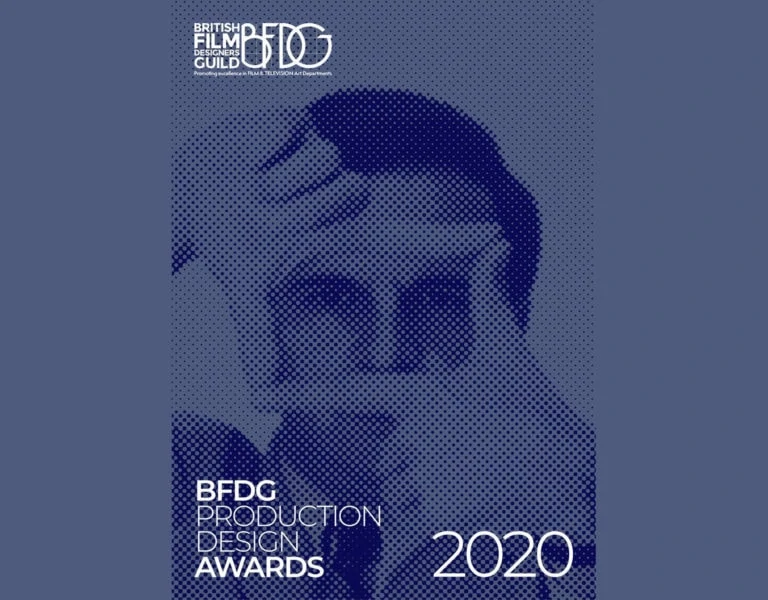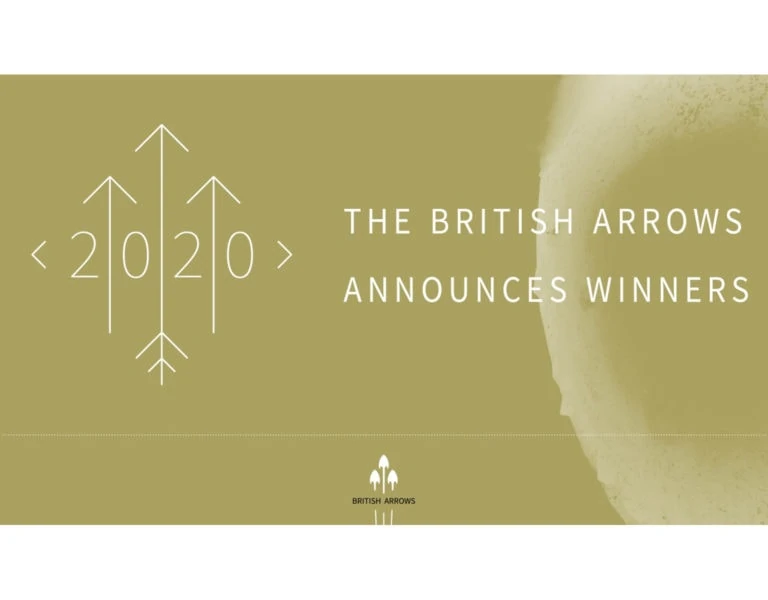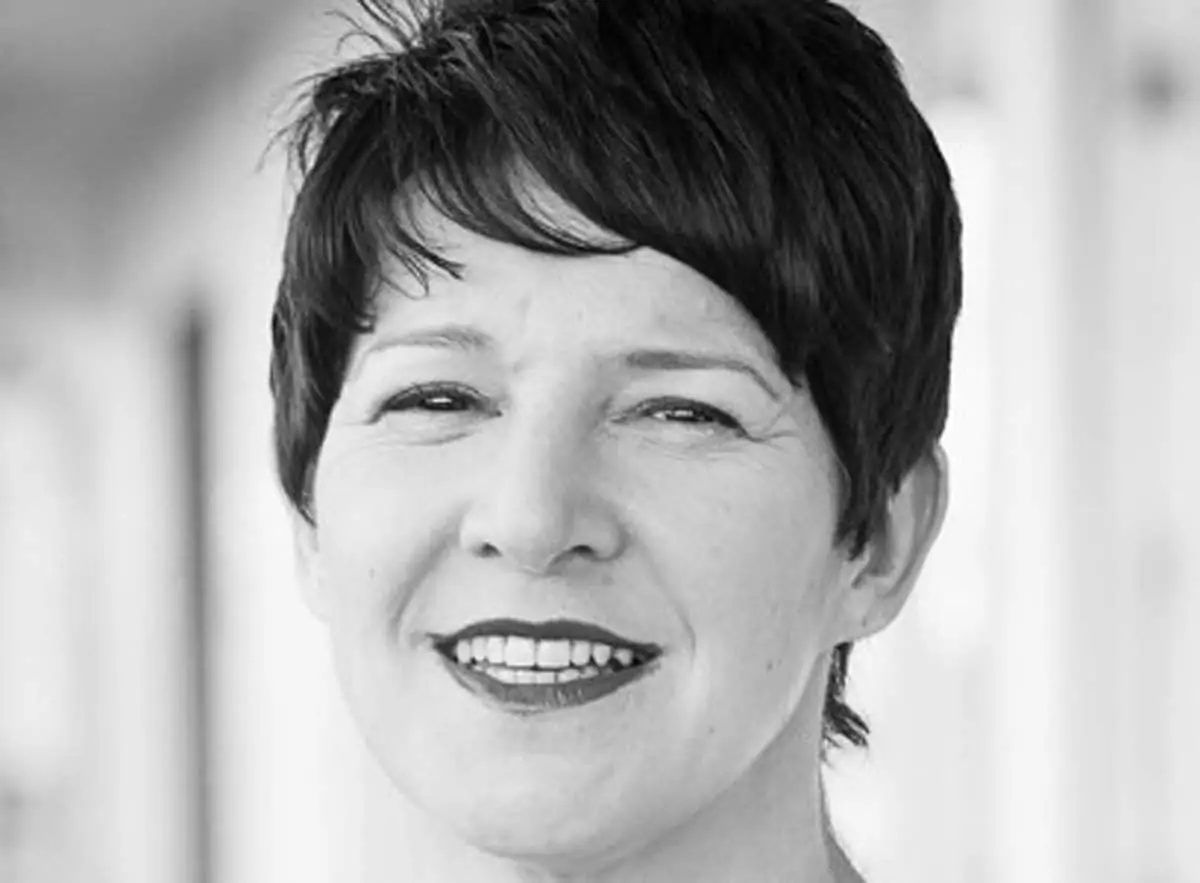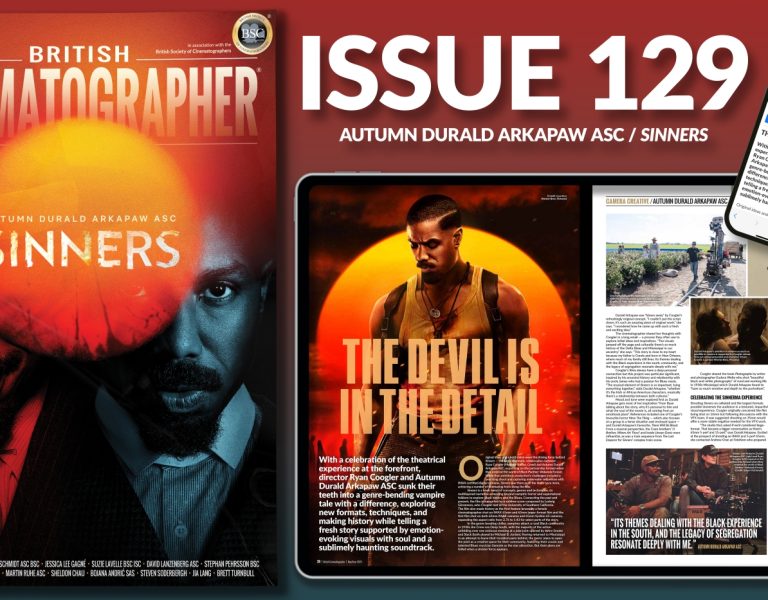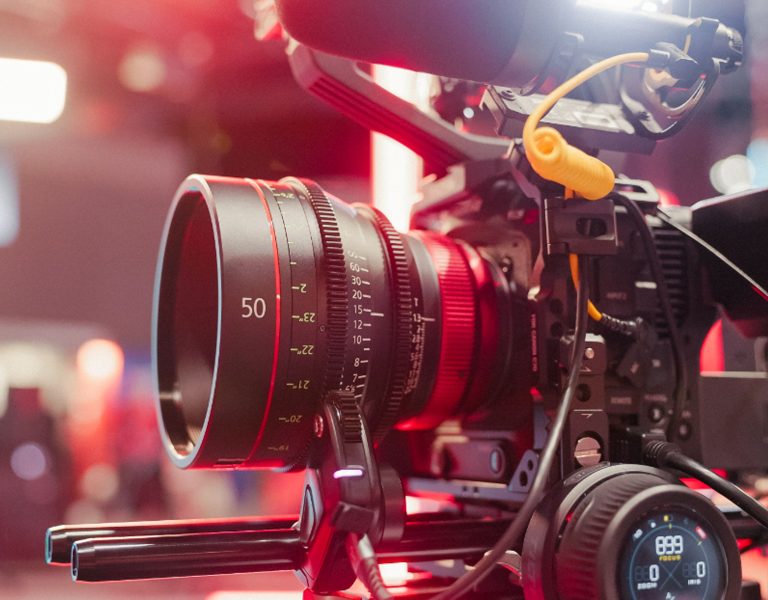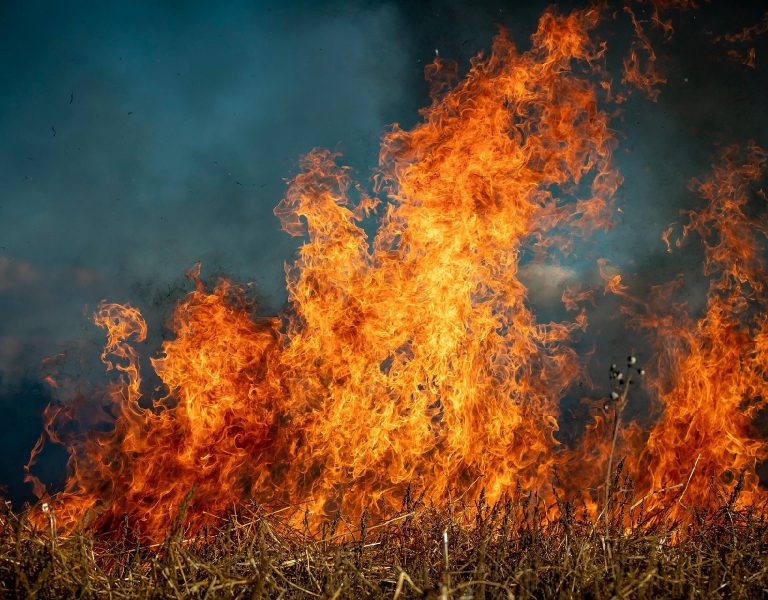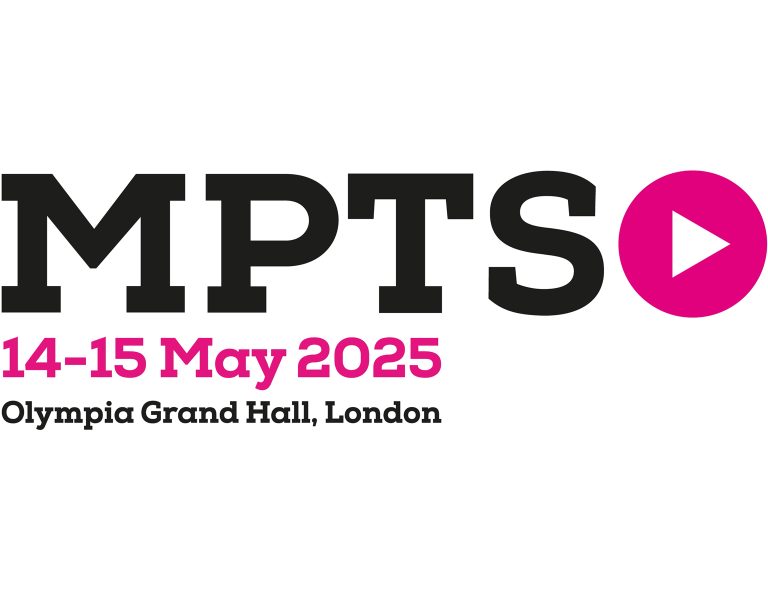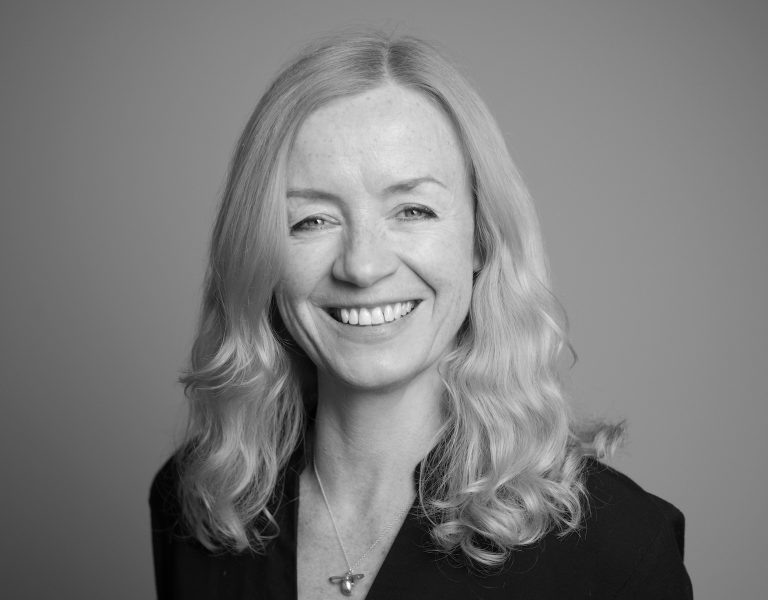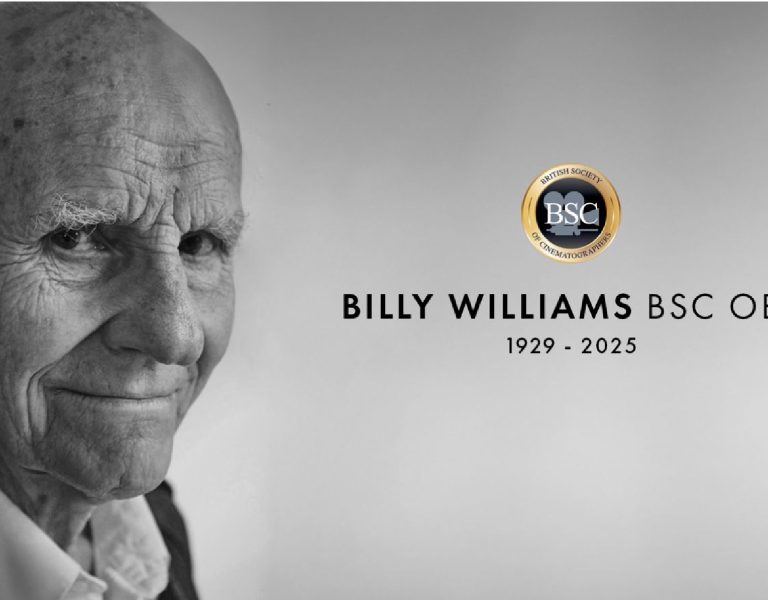
The history of classic British films is littered with supreme examples of serial collaborations between director and cinematographer: Freddie Young and David Lean, Ossie Morris and John Huston, Chris Challis and Jack Cardiff with Powell and Pressburger.
But surely trumping all those for at least sheer abundance has to be the remarkable association of Douglas Slocombe OBE BSC ASC and Charles Crichton, which spanned a dozen films across more than 20 years. Ten of those films came in the heyday of Ealing Studios, in the 1940s and 1950s, and included Hue and Cry (1947), often cited as the template for the term ‘Ealing Comedy’, The Lavender Hill Mob (1951), and The Titfield Thunderbolt (1953), the studio’s first comedy foray into Technicolor.
Their partnership is traced in my new book, Charles Crichton, the first biography of a brilliant but probably long-forgotten British filmmaker, whose career was set across the backdrop of nearly 70 years of British cinema. Beginning in the early days of the talkies, it culminated when, aged 78, Crichton directed the Oscar- and Bafta-winning hit comedy, A Fish Called Wanda (1988). Born in The Wirral, Crichton (1910-1999) began in the cutting rooms at Denham Studios where his early credits included some of Alexander Korda’s most celebrated films such as The Private Life of Henry VIII (1933), Things to Come (1936) and The Thief of Bagdad (1940).
At the turn of the 1940s, and with Britain at war, Crichton moved across to Michael Balcon’s Ealing Studios where, in 1944, he finally made his directing debut with For Those in Peril, about the Air Sea Rescue service. Enter Slocombe, three years Crichton’s junior, who after working as a photo-journalist for Life magazine and Paris Match then as a newsreel cameraman, got his first feature credit shooting exteriors on Peril.
Slocombe’s impressive footage ranged from glimmering early morning vistas of Newhaven and attack aircraft to close-ups of launches at speed tearing across the waves. His keen desire for authenticity did on occasion, however, concern Crichton. He explained: “The big danger was Dougie. One day we went out and arranged all sorts of things like Spitfires diving at us and actually firing at us; it was an extremely rough day and all ships were confined to port except the film unit because they were [considered] mad and expendable anyway. So we were tossing about in the Channel and these Spitfires were coming and we were trying to get the boats with machine gun bullets hitting the water and so on. And Dougie was in the wheelhouse saying, ‘Can’t you shoot a bit closer?'”
Despite this possibly life-threatening jeopardy, a long working relationship was born. Almost ten years on, Slocombe provided Crichton with a different kind of headache on The Titfield Thunderbolt, that cosy, bucolic comedy about attempts to preserve a local railway line. Crichton said: “Dougie decided he wanted at the same time to shoot his own Making of … on a little 16mm camera. Every time I said, ‘Dougie, I think this is the best set up for what we’ve got to shoot,’ he say, ‘No,’ and talk me out of it. When I saw the film he had made, he’d used every set up I wanted.”
Their final Ealing film together, the first after Balcon had relocated the company from West London (following the sale of the studios to the BBC) to Borehamwood, and one of the last with the famous logo, was The Man in the Sky (1957), a tense aerial drama, with Jack Hawkins. The drama wasn’t, it seems confined just to the filming, principally taking place around and above Pendeford, a municipal airport outside Wolverhampton. While the film was recreating airborne mayhem, Douglas Slocombe, during one particular chunk of his downtime, inadvertently devised his own. Stuck away for weeks on location, he decided to learn how to fly. One long summer’s evening, after shooting had finished for the day, the now- qualified Slocombe registered a flight plan and took off for a solo flight in a small Auster aircraft, aiming to return in good time for the evening’s ‘rushes’.
Within half an hour, and after a series of prescribed turns, he began to get the distinct, increasingly sinking, feeling that he was lost. As it started to get darker, he looked desperately for somewhere suitable to land; after one abortive attempt he flew on, eventually coming in on a somewhat bumpy surface only to be confronted by some RAF personnel who escorted him irately to a Nissen hut for a full explanation.
Meanwhile, back at Pendeford, there was great concern for the missing cinematographer. When eventually, hours later, he returned shamefacedly to base, having missed the ‘rushes’ session, Crichton was, Slocombe would recall, ‘very angry’. The reason for this pilot’s error turned out to be strangely simple: his exposure meter, tucked away in a trouser pocket, had conflicted magnetically with the plane’s compass situated between the seats, so, for example, a 180- degree turn registered instead as 360 degrees. His final destination proved to be some two hundred miles due north of Wolverhampton.
Following the demise of Ealing, they worked together just twice more – on The Boy Who Stole a Million (1960), filmed in Valencia, and The Third Secret (1963), a starry psychological thriller and one of the last Cinemascope films to be shot in black-and-white. A ten times Bafta nominee (winner of three), a triple Oscar nominee, and five times a recipient of the BSC trophy not to mention its Life Achievement Award, Slocombe would survive Crichton by more than fifteen years eventually dying in 2016 at the grand old age of 103.
–
Quentin Falk is a former editor of Screen International and the Fujifilm journal, Exposure, is also the author of books on Anthony Hopkins, Albert Finney, Alfred Hitchcock and Graham Greene.
‘Charles Crichton’ (Manchester University Press, £80), will be published June 29 2021. The code ’OTH867’ can be used to get a 40% discount when purchasing the book on MUP’s website.
